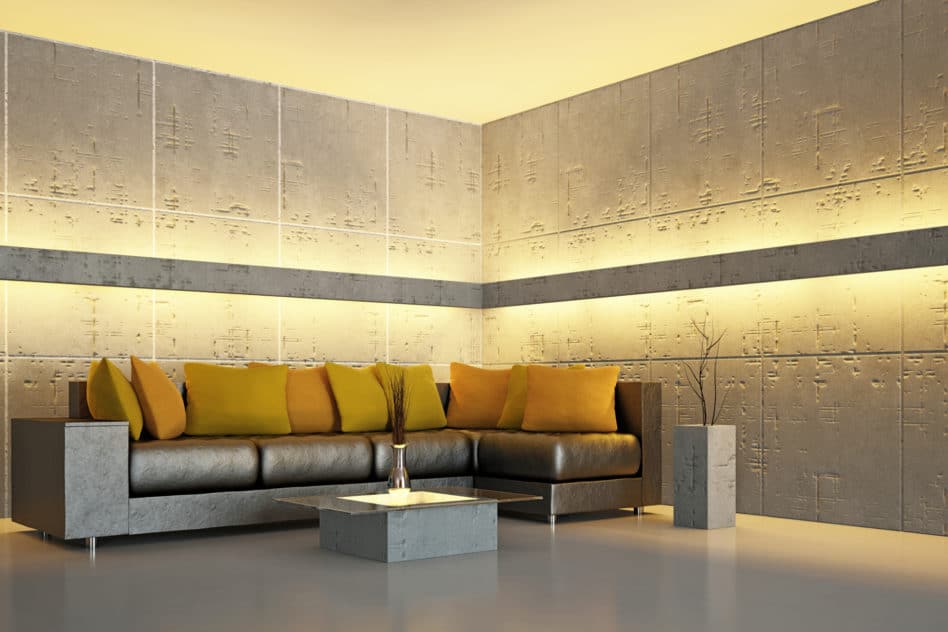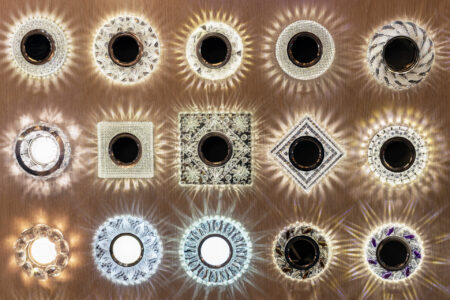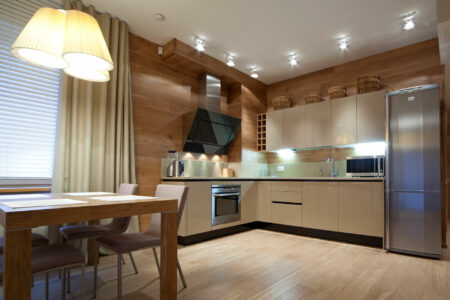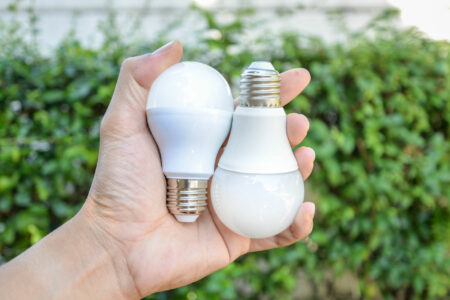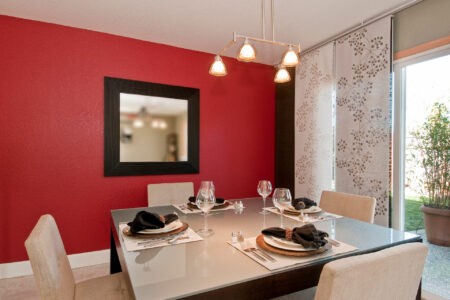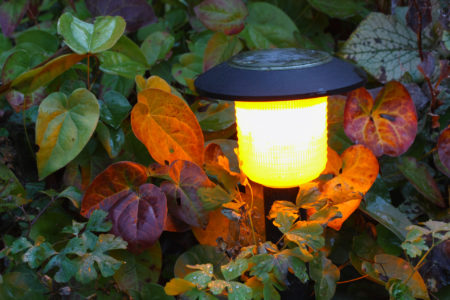With indirect LED lighting a nice cosy atmosphere can be created. Gone are the days when only bright ceiling lights were installed in a living room. Indirect lights can be used both for basic lighting and for accent and decorative lighting. In this article you will find some ideas for indirect lighting of your home.
What is indirect lighting?
In the past, luminaires on the ceiling were mainly used to illuminate home rooms. These luminaires radiated their light directly into the room and ensured appropriate brightness. It came with the appearance of uplights that indirect lighting found its way into private households. Here, the light is beamed to the ceiling via a plate-shaped reflector and reflected from there back into the room.
With various halogen lamps and spotlights, for example in furniture or recessed ceilings, more and more types of indirect lighting came up. However, space requirements and high heat generation were often problematic. In the meantime, LED technology with all its advantages has established itself. This means that indirect lights can be installed almost anywhere. Today it is used already in countless living rooms.
Direct and indirect lighting
With direct lighting, the light from the luminaire is emitted directly into the room. With indirect lighting, the light is radiated against the ceiling or a wall and reflected from there back into the room.
Combination of direct and indirect lights
In most cases, a combination of both types of lighting makes sense. Indirect lighting can be used to provide basic lighting or accent lighting, depending on the type and method of installation. However, indirect lighting is too dark for some activities and tasks. For this reason, a combination with direct light sources, which can be switched on as required, is usually recommended.
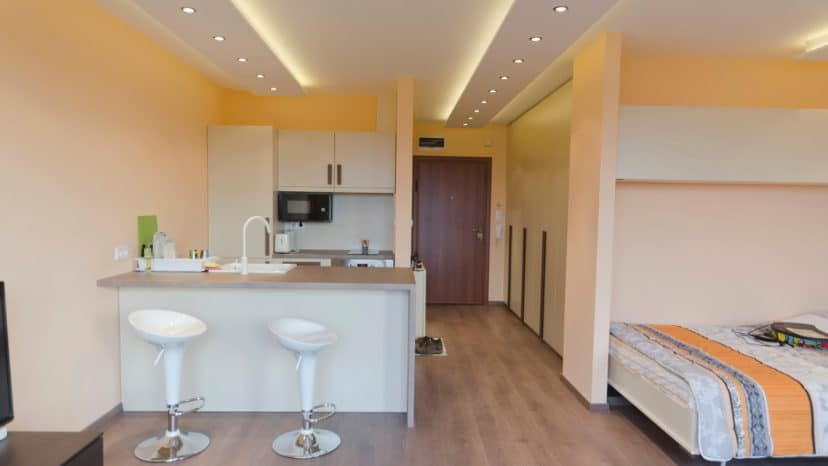
What are the advantages of indirect light?
Indirect lighting has become more and more popular since the many possibilities offered by LED technology. These are the advantages of indirect lighting:
- Cosy atmosphere
- Atmospheric ambience
- No glare
- No shadows
Indirect lighting is perceived as very soft due to the reflection of light on walls or ceilings. The light is distributed very evenly, does not throw shadows and does not dazzle. The use of indirect light creates a cosy atmosphere with a high feel-good factor.
With the use of RGB LEDs any color can be adjusted. Often this color variety is combined with a brightness control. As a result, a wide variety of lighting moods can be set. Depending on the mood, the desired ambience can be created.
Advantages of indirect lighting
Indirect light is very soft and smooth, does not dazzle and does not cast hard shadows. Indirect lighting creates a very cosy ambience.
Disadvantages of indirect lighting
Due to the gentle effect of indirect light, this can also cause eye fatigue. This is why indirect light is often used in combination with direct lighting.
Indirect lighting ideas
The possibilities for indirect LED lighting are almost unlimited. In the following examples you will find some ideas where to install it.
Indirect kitchen lighting
In the past, so-called base cabinet luminaires were often installed under the wall units in kitchens to illuminate the worktop. Alternatively, the worktop can also be illuminated indirectly. For example, LED strips can be fitted behind a glare protection.
Since a kitchen should be very brightly lit for sensible work, indirect lighting should only be seen as a supplementary light source. Bright direct ceiling lighting should always be provided as basic lighting.

Indirect lighting in the living room
The living room is one of the most used rooms at home. Of course the lighting should also be natural and comfortable. Indirect lighting can be installed in the following places, for example:
- in the recessed ceiling
- on wall spurs
- in or under furniture
- on curtain rods
- behind the television
- on baseboards
Many LED Stripes can be controlled in color and color temperature and also in brightness. In this way the desired atmosphere can always be achieved.
The lighting in the living room should not consist only of indirect lights. So you might want it to be a little brighter in the dining area or on certain occasions. So a combination with direct lighting, for example with recessed spotlights, is a good choice. If you like to read, you should have a bright reading light at your favorite place to protect your eyes.
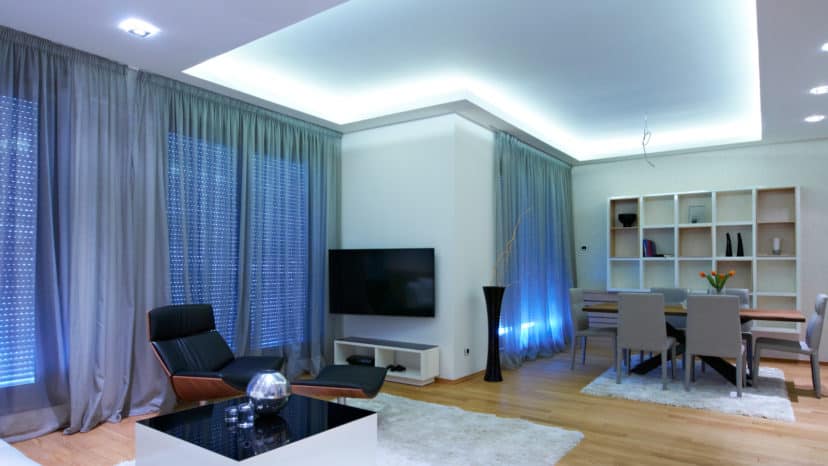
Indirect wall lighting
If you have a wall with a relief-like structure, you can illuminate it with a light strip. This looks on the wall itself and also due to the shadow casts. An exciting indirect light also shines into the room. The light strip or the LED strip can be mounted behind a panel both on the lower side and below the ceiling in front of the wall.
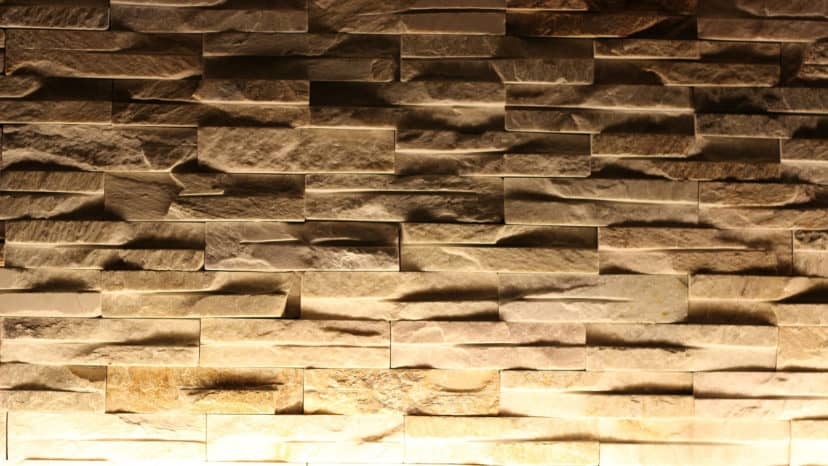
Indirect ceiling light
To achieve indirect lighting, the LED light source usually needs to be hidden behind a projection or an edge. This is the only way to prevent the light from shining directly into the room. Ceiling luminaires usually produce a direct light. However, there are a few exceptions, which radiate their light upwards to the ceiling despite being installed in the middle of the room.
A ceiling luminaire can also provide indirect light. This can easily be installed in exchange for an existing luminaire. However, this solution makes only limited sense if it is the only light source in the room.
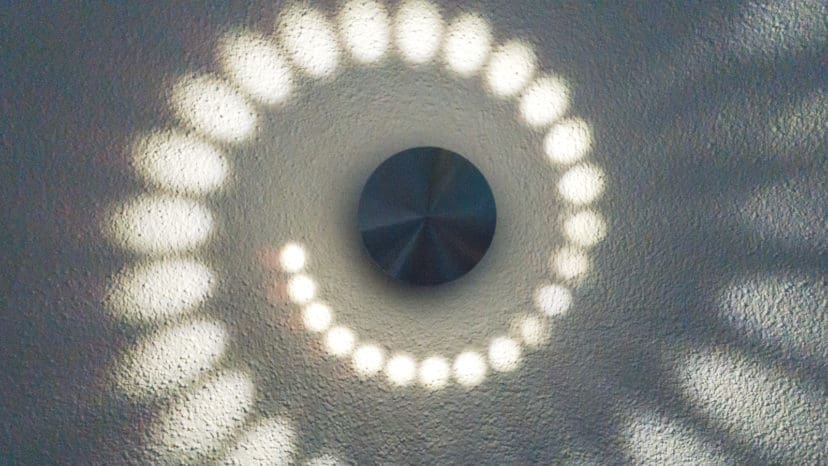
Self-made indirect lighting
In many cases you want to build an indirect lighting yourself and install it in addition to the existing ceiling light. LED Stripes are very well suited for self-construction. These can be installed easily later on. In addition, LED strips are available in almost any length at low cost.
There are white LED stripes with different color temperatures, stripes with RGB LEDs and also a combined version of them. This usually also includes a controller with a remote control to conveniently control brightness and color.
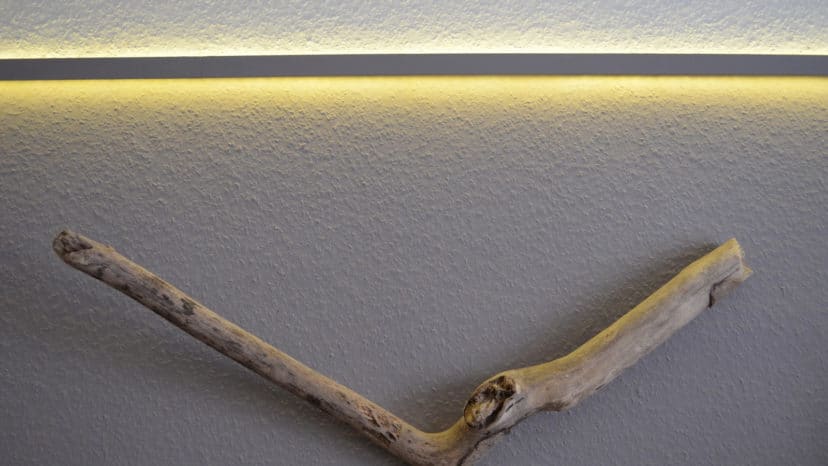
Conclusion
Indirect light does not dazzle and creates a cosy atmosphere. Thanks to LED technology, indirect lighting can be installed in many places. Now you have found some ideas where and how indirect lighting can be used. In combination with a separately switchable ceiling light, you can create the right ambience according to your wishes and mood.
